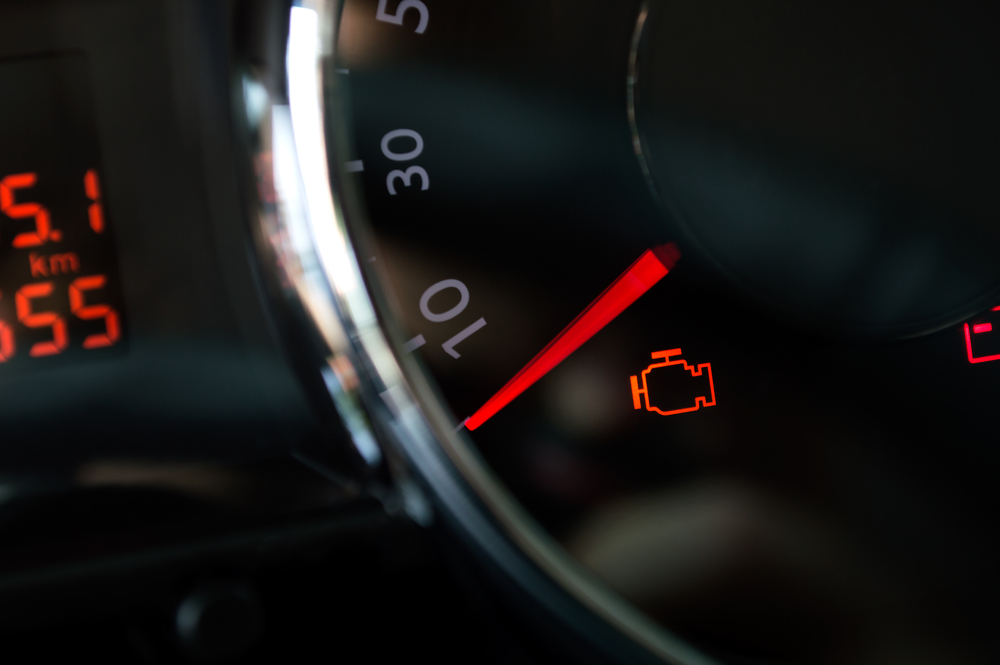Tag: Service
-

The Dreaded Check Engine Light
It is the dreaded illuminated message no driver wants to see: check engine. This light is alerting you to a problem detected in your vehicle’s on board diagnostic system (OBD). This system creates and stores a code pinpointing the problem occurring with your vehicle. To retrieve this code and diagnose the problem, you will need…
-
Don’t Push the Panic Button! We’re Here to Help You Stay Calm.
Manufacturers spend millions of dollars in research and development to construct automobiles that are as safe as possible with components like airbags, seatbelts and anti-lock brakes. Unfortunately, there are several, affordable items not always included with the purchase of a vehicle that can help keep things under control in an emergency situation. – Jumper Cables…
-
A Great Supporter of Enumclaw Rotary
This 1.2 million-member organization started with the vision of one man—Paul P. Harris. The Chicago attorney formed one of the world’s first service organizations, the Rotary Club of Chicago, on February, 23, 1905. This organization was a place where professionals with diverse backgrounds could exchange ideas and form meaningful, lifelong friendships. Rotary’s name came from…
-
Time For a Cold One
1933 saw the first air conditioners installed in cars as an aftermarket item and it wasn’t until 1939 that the Packard Motor Car Company offered the cooling device as a factory option. Many summers have past since then and A/C has become a standard option on just about every vehicle in the world. Now, we…
-
Save Some Money and Hug a Tree
Starting in the early 1980’s, O2 sensors or Oxygen Sensors have been standard equipment on cars and light duty trucks. Since 1995-1996 the number of sensors per car has doubled to improve efficiency. They are a vital part to the emission and fuel systems, and as they wear they can affect your vehicles performance. …
-
New Owner’s Clinic
Once a month we offer a New Owner’s Clinic to our customers who’ve purchased a new Chevy or Buick from us. This is a great opportunity to discover our dealership, enroll in our Oil Changes on Us Program, learn some easy great maintenance tips on maintaining your car, and eat a great breakfast. For those…
-
Put a Little Spark Back in Your Relationship
Man or woman, most of us have a love-hate relationship with our cars. They can throw us back in our seats making us hang on for dear life, they can haul our toys for a weekend of fun but they can also drain our wallets or leave us stranded in the middle of nowhere. Fortunately…
-
April is Car Care Month
April is car care month, which reminds driver to give their vehicle a thorough checkup, before the summer driving season. “We encourage our customers to take care of their vehicles year-round and the onset of spring is a perfect time to inspect vehicles for wear and damage caused by winter driving,” said Alan Gamblin. Many…
-
When The Stars Align
Just as a Chiropractor can align your spine to relieve a back ache, the suspension on your vehicle needs an alignment from time to time to prevent premature wear on tires as well as steering and suspension components. There are a handful of easy ways to determine whether our vehicle is in need of an…
-
What’s the difference between AWD, 4WD, RWD, and FWD?
Vehicles act differently on snow and ice depending on whether they have front-wheel drive, rear-wheel drive, all-wheel drive and four-wheel drive. With winter in full swing, We’d like to provide you with a brief spin through the options. Remember, almost every new vehicle from Chevrolet and Buick includes an electronic traction control system that intervenes…
